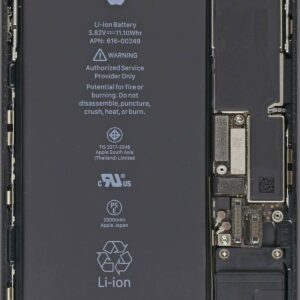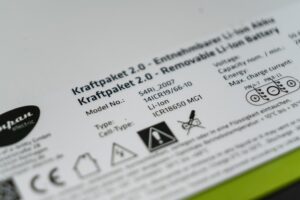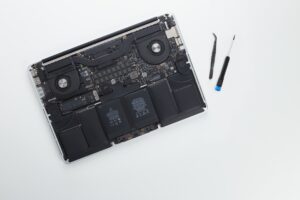Read Time:32 Second
The principle of operation is based on the use of lithium ions which are bound together with complementary metal molecules. Typically, lithium baltoxide and graphite are used in addition to lithium. When a lithium ion battery is discharged, the ions transfer from the negative electrode (cathode) to the positive electrode (anode) and vice versa when charged. The battery circuit requires a separator between the two parts of the cell, this is necessary to prevent the spontaneous movement of the lithium ions. When the battery circuit is closed and the charging or discharging process takes place, the ions overcome the separator and move towards the oppositely charged electrode.




Average Rating